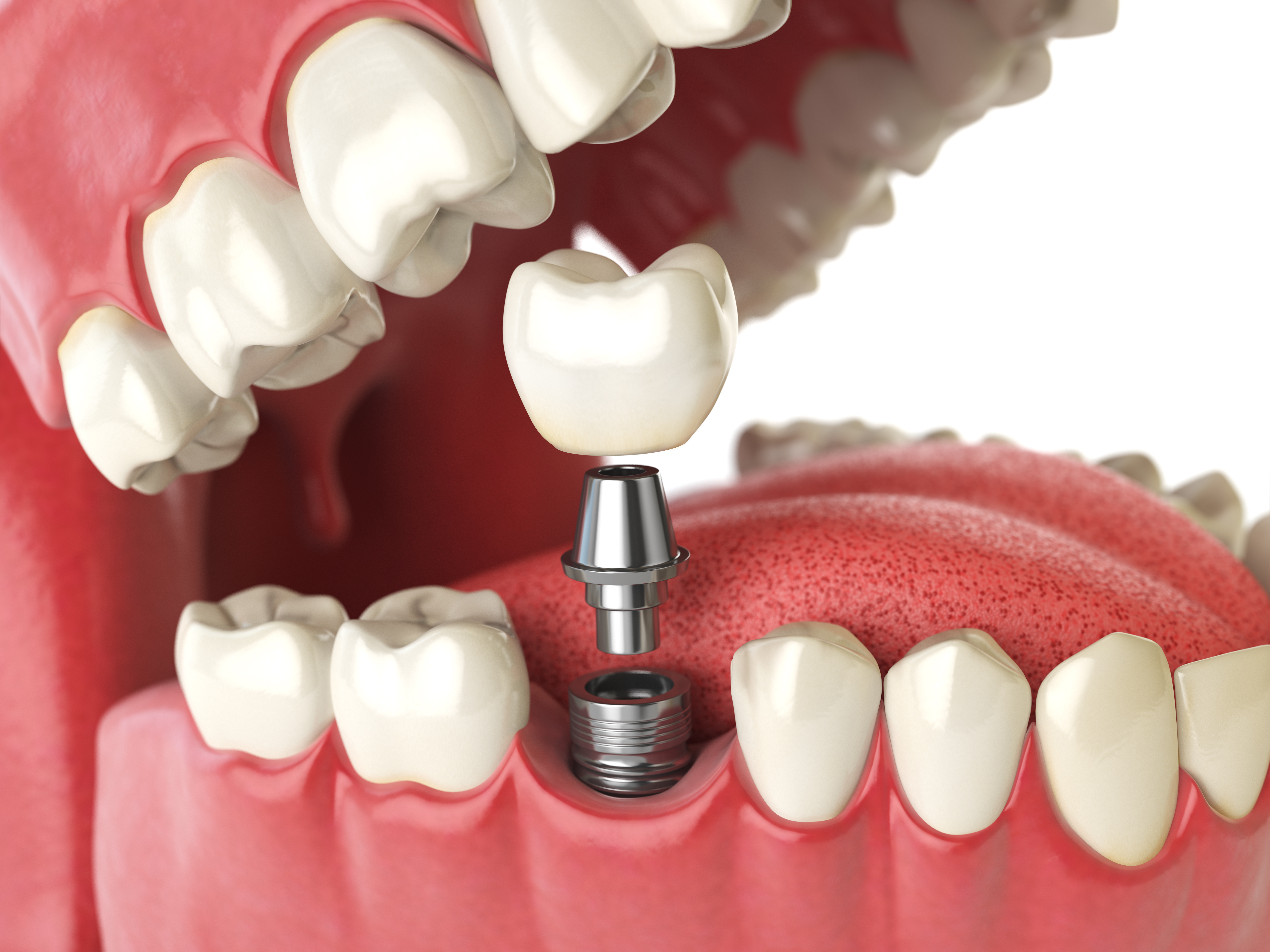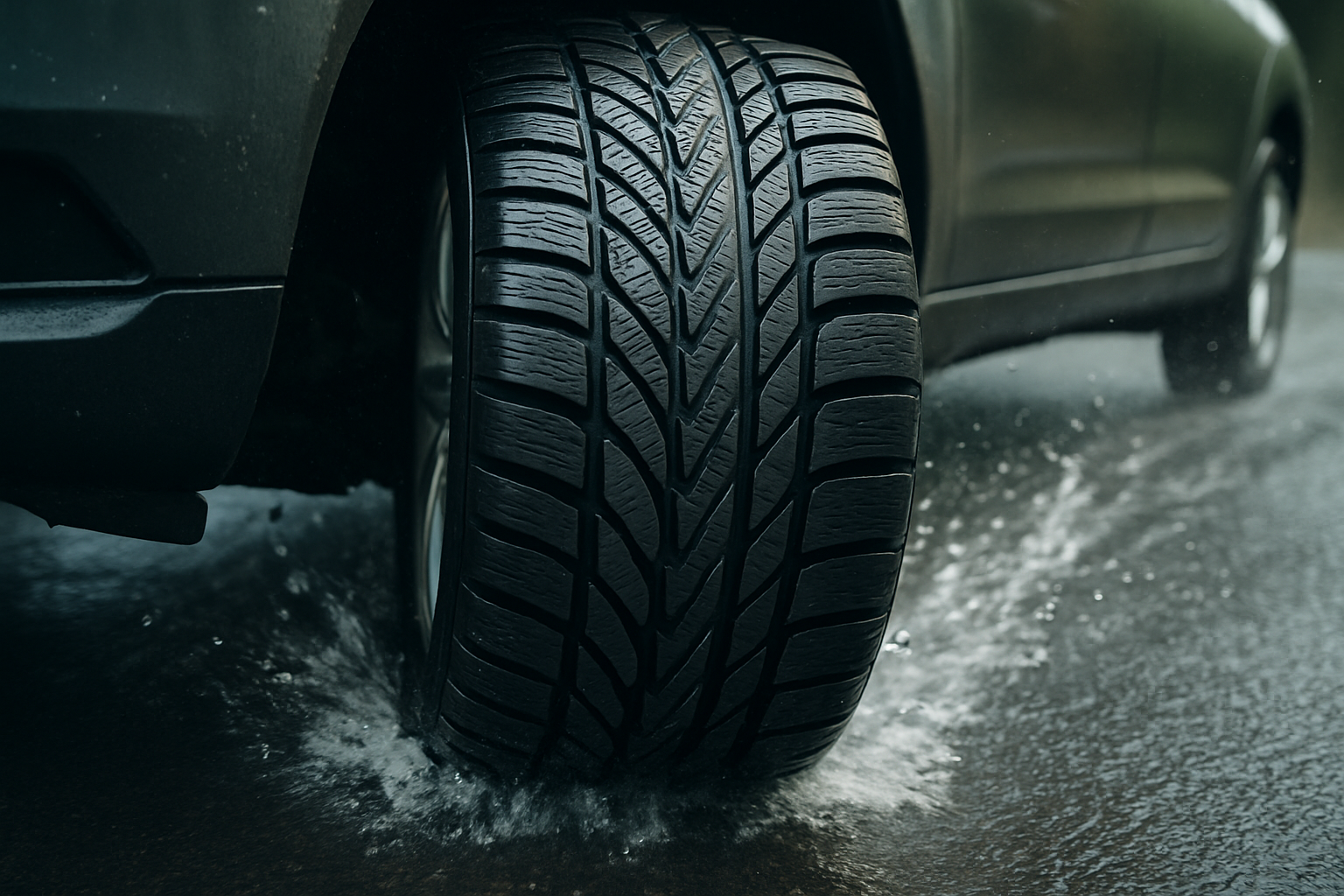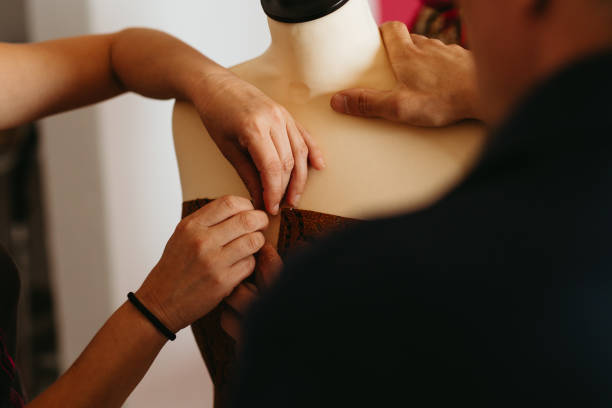Screwless Dental Implants – The Future of Natural-Looking Smiles
Screwless dental implants look and feel just like real teeth, offering a sleek, comfortable solution for modern smile restoration. With no visible screws or complex parts, they provide improved aesthetics and a more natural fit. Discover why this innovative approach is redefining dental care and gaining popularity fast!

What Are Screwless Dental Implants?
Screwless dental implants represent an innovative approach to dental restoration that eliminates the traditional screw-retained system. Unlike conventional implants that use visible screws to attach the crown to the implant post, screwless systems utilize alternative fixation methods such as friction-fit connections, internal locks, or cement-retained crowns. The primary goal of screwless implants is to enhance aesthetics by removing the screw access holes that can be visible on the chewing surface of molars or the backs of front teeth. This design creates a seamless appearance and better mimics natural teeth structure.
These advanced implants typically consist of three main components: the titanium implant body that fuses with the jawbone, an abutment that connects to the implant through friction fit or internal locking mechanisms, and the final crown that attaches to the abutment without visible screws. The absence of screw access holes helps preserve the structural integrity of the crown and provides a more hygienic environment by eliminating potential spaces where bacteria might accumulate.
How Screwless Implants Work
The installation process for screwless dental implants begins similarly to traditional implants, with the surgical placement of a titanium post into the jawbone. Where the procedure diverges is in the connection method between components. Screwless systems typically employ one of several innovative connection technologies:
Friction-fit or conical connections create a secure bond between the implant and abutment through precision engineering that allows components to lock together through pressure. These connections form a bacterial-resistant seal that enhances long-term oral health. Another method involves internal locking mechanisms where the abutment contains special features that engage with the implant body, creating a secure attachment without external hardware.
With cement-retained solutions, dental cement bonds the crown to the abutment, eliminating the need for screw access holes. Some advanced systems combine multiple approaches, such as using a locking mechanism between the implant and abutment while employing cement to attach the crown, maximizing both stability and aesthetics. The absence of screws not only improves appearance but can simplify maintenance procedures for dental professionals during follow-up care.
Benefits of Screwless Dental Implants
Screwless dental implants offer several distinct advantages over their traditional counterparts. Perhaps the most significant benefit is superior aesthetics. Without screw access holes, dental crowns maintain their structural integrity and appear more natural, with no visible hardware to disrupt the smile’s appearance. This is particularly important for front teeth where cosmetic considerations are paramount.
From a functional perspective, screwless designs create stronger crowns by eliminating structural weaknesses caused by screw access channels. This results in greater durability and potentially longer-lasting restorations. Many patients also report improved comfort due to the seamless design that more closely mimics natural teeth, with no irregular surfaces or access holes affecting tongue movement or speech.
Maintenance becomes more straightforward with screwless systems as they eliminate the need to access and maintain screw components, which can loosen over time. The better seal created by friction-fit or internal locking mechanisms often results in reduced bacterial infiltration, potentially improving long-term gum health around the implant site. For patients with dental anxiety, the elimination of visible hardware can also have psychological benefits, creating a more natural-feeling restoration.
Screwless vs. Traditional Implants: A Comparison
When evaluating implant options, understanding the key differences between screwless and traditional systems is essential for making an informed decision.
| Feature | Screwless Implants | Traditional Screw-Retained Implants |
|---|---|---|
| Aesthetics | No visible hardware or access holes | Visible screw access holes requiring composite filling |
| Structural Integrity | Complete crown structure without holes | Crown weakened by access channel |
| Maintenance | No screw access needed for adjustments | Periodic screw tightening may be required |
| Retrievability | May be more difficult to remove | Easier to remove for repairs or adjustments |
| Bacterial Seal | Better seal with certain systems | Potential gaps around screw access |
| Cost | Typically higher initial investment | Generally more affordable upfront |
| Longevity | Promising but less long-term data | Extensive long-term success data available |
Traditional screw-retained implants have a longer track record and extensive clinical data supporting their long-term success. They offer excellent retrievability, allowing dentists to easily remove the crown for repairs or adjustments without damaging it. This can be particularly valuable for implants that may need maintenance over time.
However, screwless systems excel in situations where aesthetics are paramount. They’re particularly beneficial for front teeth restoration where visible hardware would compromise appearance, and in cases where the angle of implant placement might result in screw access holes in cosmetically sensitive areas. The choice between systems ultimately depends on individual patient needs, anatomical considerations, and the specific location of the missing tooth.
Cost Considerations for Screwless Dental Implants
Screwless dental implants typically represent a higher initial investment compared to traditional implant systems, reflecting their advanced technology and superior aesthetic results. The cost varies significantly based on several factors including geographic location, dentist expertise, materials used, and whether additional procedures like bone grafting are required.
| Implant Type | Average UK Cost Range (per tooth) | Notable Providers | Key Features |
|---|---|---|---|
| Screwless Ceramic | £2,500 - £4,000 | Nobel Biocare, Straumann | Highest aesthetics, metal-free option |
| Screwless Titanium | £2,000 - £3,500 | Dentsply Sirona, Neoss | Excellent durability, lower cost than ceramic |
| Traditional Screw-Retained | £1,800 - £3,000 | Various providers | Established technology, easier maintenance |
| Mini Implants | £1,000 - £1,500 | 3M ESPE, Intra-Lock | Less invasive but limited applications |
Prices, rates, or cost estimates mentioned in this article are based on the latest available information but may change over time. Independent research is advised before making financial decisions.
Many dental practices offer financing options to make screwless implants more accessible. When evaluating costs, patients should consider long-term value rather than just initial price. While screwless implants may have a higher upfront cost, their aesthetic benefits and potential for fewer complications could represent better value over time. Insurance coverage for dental implants varies widely, with most basic plans covering little, if any, of the procedure costs. However, premium dental insurance may provide partial coverage, particularly if there’s a medical necessity beyond cosmetic improvement.
Conclusion
Screwless dental implants represent a significant advancement in restorative dentistry, offering superior aesthetics and functionality compared to traditional screw-retained systems. With their ability to create natural-looking smiles free from visible hardware, they provide an appealing option for patients concerned about both appearance and performance. While they typically require a higher initial investment, their benefits in terms of aesthetics, comfort, and potential for improved oral health make them an increasingly popular choice. As technology continues to advance and more long-term data becomes available, screwless implants are likely to become the standard for dental restorations, particularly in aesthetically sensitive areas of the mouth.
This article is for informational purposes only and should not be considered medical advice. Please consult a qualified healthcare professional for personalized guidance and treatment.




